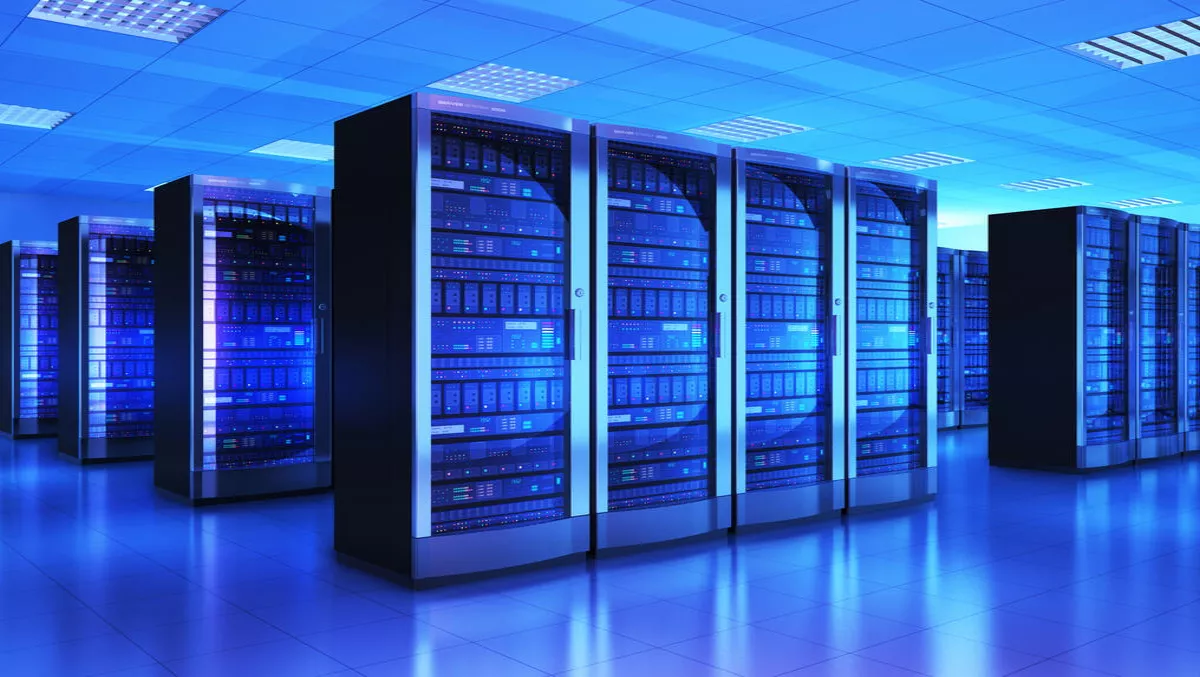
Goodbye HDD: Why 2017 is set to be the year of all-flash storage
In years to come, we might well look back on 2017 as the year the hard disk era finally gave way to the brave new world of all-flash solid-state storage.
As cost savings join the long-held performance benefits and use cases in hybrid cloud and software-defined storage become ever-more compelling, the surge in all-flash demand will continue to grow to fuel digital transformation.
Driving change
APAC organisations today need to support new applications and processes designed to drive value by creating faster, more compelling experiences for internal and external customers.
The new digital world is all about social, mobile, cloud and virtual technologies. In fact, 80% of businesses believe digital transformation is now a reality for them, according to the HPE Digital Transformation Index.
This "digital first" culture is all about time to market and time to value. And that requires the breakdown of traditional technology siloes and a move away from decision making by IT leaders as application development and even business development teams take the lead.
It's a more agile and responsive approach focused on cost optimisation and driving competitive advantage – and that requires a new approach to storage.
Magnetic spinning hard disk storage is anathema to this new era of digital transformation.
In fact, its data processing bottlenecks and constraints are a roadblock to innovation and growth, unable to support the rapid iteration of new features, apps and services organisations are increasingly demanding.
The all-flash revolution
The move to the all-flash data center has come in waves.
The first wave was driven by performance enhancements – adding solid state drives (SSDs) to arrays to support workloads when all-flash was perceived as a more expensive medium used initially to accelerate individual workloads for mission critical applications – for example facilitating stock market trades in financial services firms.
The second wave was driven by economics – savings on total cost of operations (TCO) of all-flash arrays accelerated investment in SSDs to improve performance while keeping overall cost at hard disk drives (HDDs) levels.
Today, we are in the third wave of the all-flash revolution. Data growth and application development in the data center are expanding exponentially and putting pressure on IT to consolidate more data on less infrastructure.
As part of the drive for faster, more responsive, agile and efficient IT systems, that can keep pace with data growth and app development, organisations are embracing hybrid cloud systems and software-defined storage, which go hand-in-hand with all-flash solutions.
It can improve the performance of most applications 10-fold – helping modern enterprises to drive digital change with consistently high performance at scale across multiple workloads and environments which is demanded by the hybrid cloud model.
As this trend continues, we will see more enterprises adopt an all-flash mindset as they seek to transform their organisations, as was the case with Burson Automotive, an Australian automotive parts supplier.
Burson Automotive wanted to replace existing infrastructure with scalable systems to support its business growth. As a result of a new HPE solution, which includes HPE BladeSystem and HPE 3PAR StoreServ 7450 flash storage, the company's performance quadrupled.
The new infrastructure has enabled Burson Automotive to cut operating costs, consolidate multiple systems, improve its disaster recovery capabilities and has provided the scalability to cope with future expansion.
How to get there
When transitioning to an all-flash model, IT buyers need to focus less on performance – which is a given with flash – and more on four key pillars: app ecosystems, operations, risk and future investments.
Consider how well all-flash can support key app workloads natively, and whether quality of service (QoS) policies can be applied on an app-by-app basis.
Ask whether provisioning can be integrated into the hypervisor or server provisioning toolset and whether the platform supports containers natively as well as virtual machines.
Does it provide a flash-optimised and integrated copy management platform for modern day backup/restore/cyber security protection, and does it meet DR needs without compromise?
And can the platform bought today be easily upgraded to tomorrow's technology – like NVMe?
Consider OPEX, consumption-based purchasing, up to around 5-10 cents per GB of protected all-flash storage per month.
Going down this route should also allow trading in legacy HDD based storage; receive automatic and built-in technology refreshes, and have the flexibility to grow and shrink consumption on a month-by-month basis.
As well as price, look at solutions which offer high IOPS at predictable response times under one millisecond; provide enterprise-class mission-critical availability and zero data loss and petabyte scale.
There's quite a bit of confusion in the market about flash media warranties and support periods. Expect five years of warranty for replacements and an additional two years with support contracts – both regardless of wear-out status.
It goes without saying that customer references, industry awards, benchmarks and analyst reports are a good source of independent info to help inform purchasing decisions.
Beyond 2017
When we look back on 2017, we'll see all the elements beginning to emerge which will eventually drive the pre-eminence of the all-flash data center for primary workloads.
Adoption will also accelerate over the coming years with the advent of "flash apps": a new breed of big data applications designed to capitalise on the huge performance improvements offered by SSA technology to process mountains of data in near-real time.
And with the advent of 3D-QLC (quad level cells) there could be a ready-made replacement for archive-grade HDD.
Wherever you look, the future's flash.

